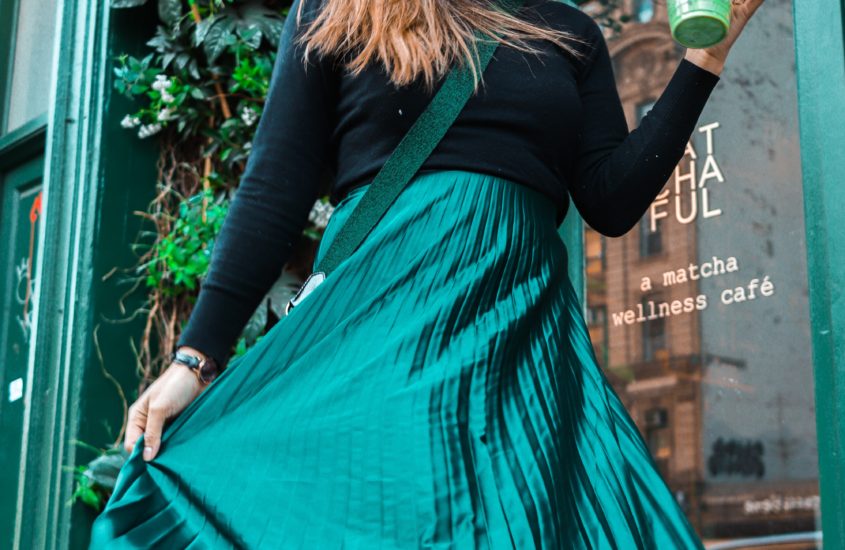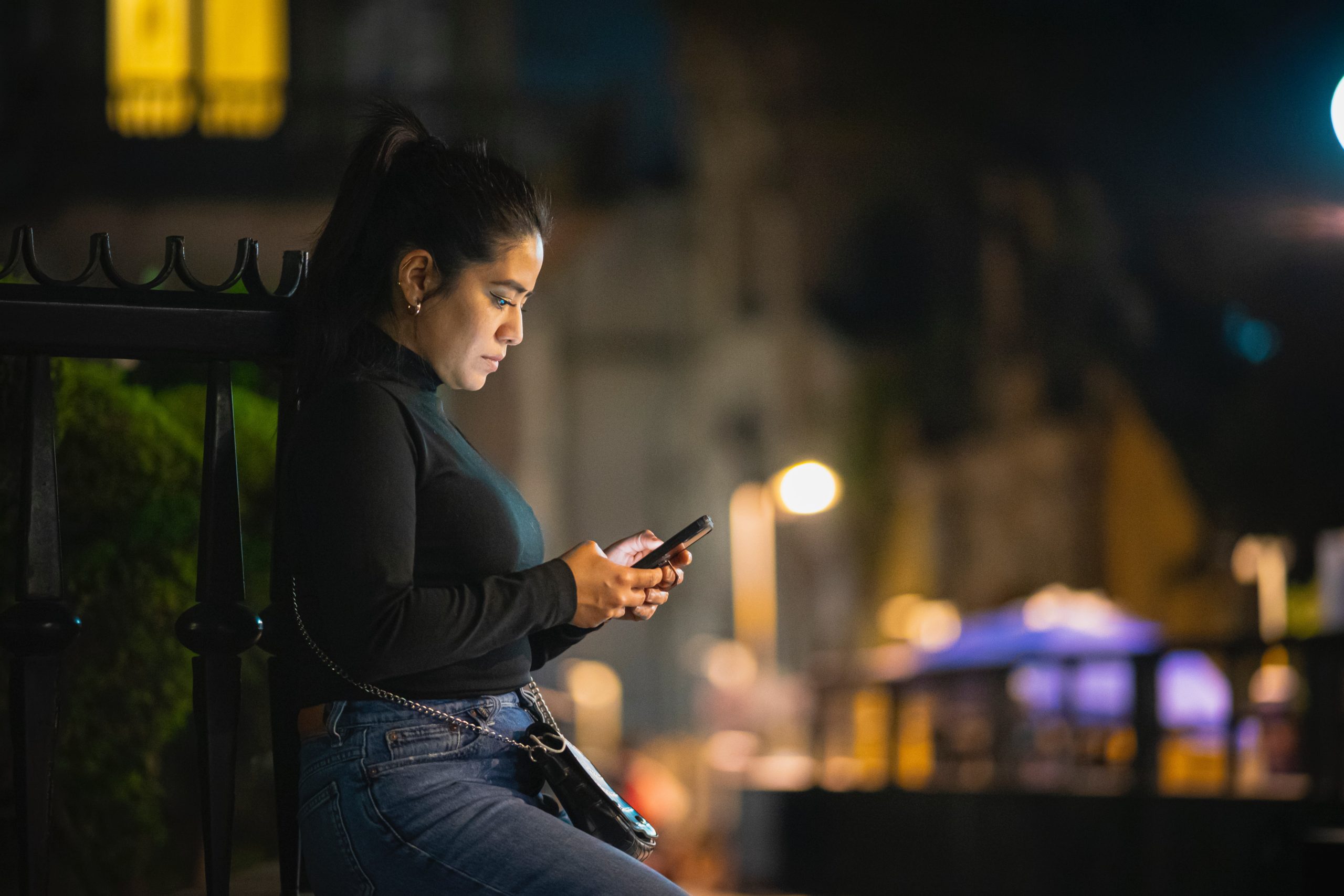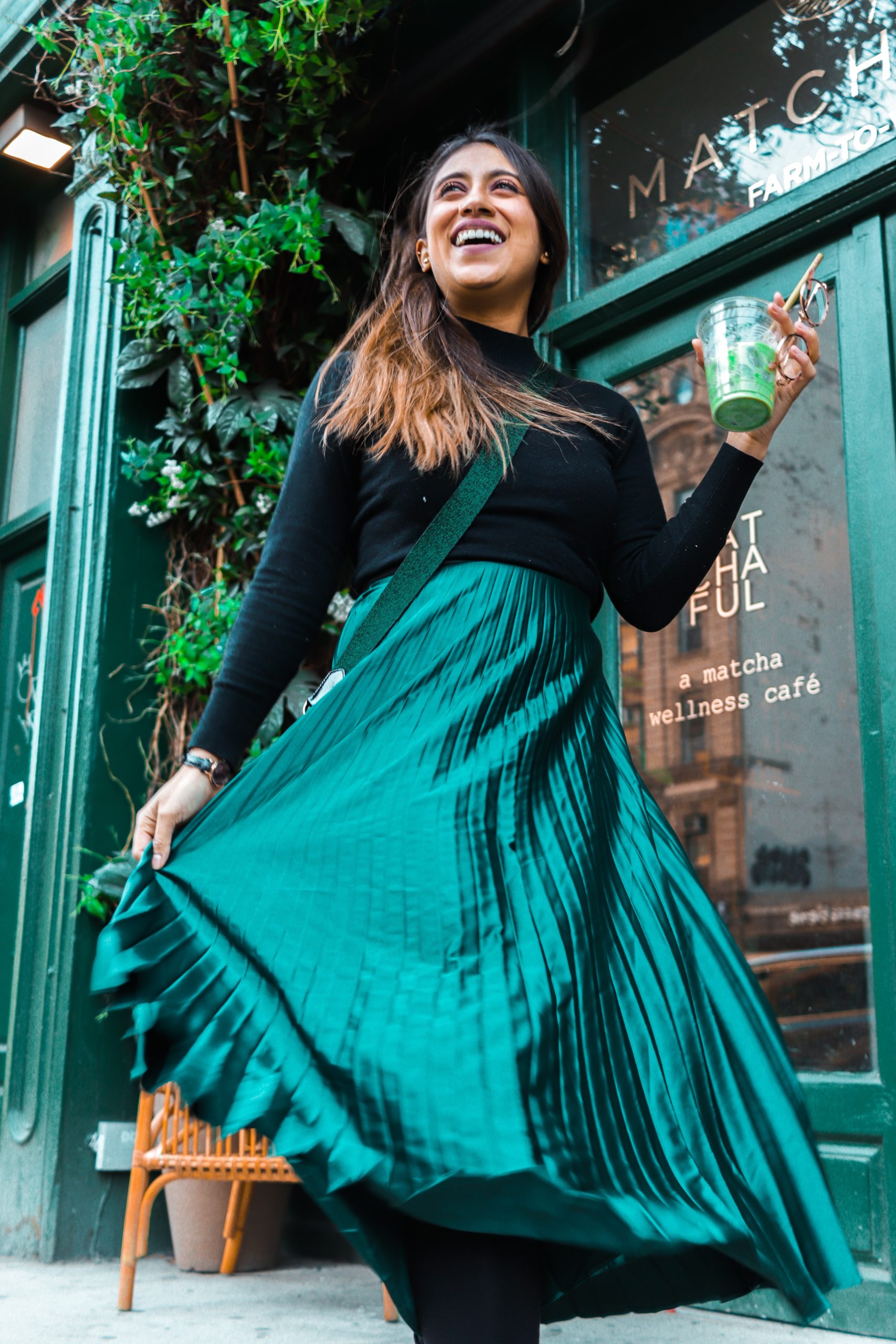How To Live The American Dream & Honor Tu Cultura By: Mónica Duarte

We All Want the American Dream
If you’re an immigrant and Latina like me, you probably grew up with the notion of moving to the United States to live a better life and live the American dream. Your parents constantly discussed it in your childhood home while they struggled to put food on the table.
Talking about going to el Norte was mysterious to me as a child. Why did the adults talk about it all the time? Why was it better than the place I grew up in? And what the heck was the “American dream?” I never realized we were poor and how much my family was struggling. This drove my parents to move to the United States, and live the American dream.
Se Te Ve El Nopal En La Frente
I remember my mom reminding us many times not to forget our roots after we moved to the U.S. For example, in our culture, we have the saying, “se te ve el nopal en la frente” meaning “you can see the cactus on your forehead.” It means that you’re so Mexican we can see the cactus from the Mexican flag on you, so don’t pretend to be something else! My mom would often say this to me so I would not forget my humble beginnings and that although I lived in the U.S., I was still Mexican.
After we arrived, I would continue to hear about the idea of the American dream, not just from other Mexicans but also from Caucasian folks. When I watched T.V., I saw white folks in fancy cars, houses, and things – without a care in the world. Was this what my parents were talking about when they said they wanted a better life and to live the American dream?
Growing Up Around Systemic Racism
As I got older, the issues of systemic racism reared its ugly head, and I realized that if I wanted to live the American dream, I had to learn to assimilate. I had to put my nopal on the back burner and try to be and sound more Caucasian. As a Mexican, brown, and Indigenous young girl, it wasn’t easy to live in a country where who you are is wrong. To succeed and live the American dream you must try to be something you’re not. Being told this constantly by the media, other people, and how this country is set up started to impact my self-esteem so much that when I looked in the mirror, I didn’t like what I saw. I felt ashamed of being me. I felt ashamed of my roots.
So to cope with this shame, I started to assimilate unconsciously. I dyed my hair blonde and started to imagine what my life would be like if this country accepted me. What would my life be like if I could live the American dream? I can look back now and see how unhealthy this kind of thinking was. Yikes! I didn’t know better. And yet it was the idea of the American dream and wanting to belong that pushed me to be the first in my family to go to and graduate from college to actually live the dream.
During college, I immersed myself in everything Caucasian. My first boyfriend was Caucasian and I was exposed to a different culture and an unfamiliar world. It was a fancier world filled with privilege – something I had never experienced before.

When Your Life Gets Turned Upside Down… You Grow From It
Then at the age of twenty-four, I went through a near-death experience in a car accident, which put my entire life into perspective. I realized that who I had become was not someone I knew nor recognized. I realized I didn’t know who I was. What did I like? What did I dislike? What were my dreams and goals in life? I had become what others wanted me to be and I almost completely lost myself.
I started to get into spirituality to help me find myself, but it was not until I began doing trauma work that I started to heal internally, see myself clearly, and reclaim my true self. During my healing process, I learned how much harm society inflicted on me when it constantly told me that who I was as a Mexican, brown, and Indigenous woman was wrong. Since a child, the Caucasian culture groomed me to create inner distortions of myself – to bend myself like a pretzel in order to belong, which caused deep trauma.
As I started to dig deeper and heal more, I realized the American dream I grew up being told about for many years was racist. This dream didn’t include people like me. This dream was a dream that Caucasian folks created based on their culture and lifestyle – based on what worked for them. I didn’t want to live a life with a white picket fence, a bunch of fancy cars, 2 ½ kids, working myself to death to make enough to pay for all the fancy things I had to impress others, and being detached from my feelings, my true sense of Self, and my humanity. I didn’t want it anymore if that was the American dream.
Recreating the American Dream
Instead, I realized I could create my own American dream – or is it a Mexican one? One that fits me as I am with my nopal el la frente and everything else that comes with it. I could still create an easier life while being authentic to who I am as a Mexican woman and to my Indigenous roots. I didn’t have to give any of that up. It was one of the most liberating feelings ever when I truly understood this! All I had to do was be myself and live a life that supported that – not the other way around.

Probing Questions to Help You Recreate the America Dream to Honor Your Latino Roots
You don’t have to give up who you are either to live the American dream. Instead, create your own as a Latina!
Here are some probing questions that will help you discover this. I highly suggest you journal your answers. Who knows what deeper insights you might gain that can shift how you see yourself?
- What does the American dream mean to you as a Latina?
- What parts of your idea of the American dream come from you and which come from the society you live in/the environment that you were raised in?
- What parts are you willing to let go of that don’t belong to you – to truly honor who you are as a Latina? Do you notice any fears that come up when you think about this? If so get curious about them.
- If you could look into your future self where you’re honoring who you are as a Latina and living your dreams, what do you see and feel? What advice would this future self give to you about how you might shift what the American dream means to you and how to create it?
Answering these questions will support you as you uncover what the American dream means to you as a Latina and how to begin to move forward in recreating it.
Healing From Your Traumas
The other part of recreating the American dream is working to heal from your traumas. Traumas create distortions of how we see ourselves and it’s not until we heal from them that we can finally start to see ourselves and others clearly. This also impacts our dreams and goals. We can create distorted dreams and goals due to these traumas. In my opinion, this is how the idea of the American dream originated in some aspects and why they forgot to include folks that are minorities and of other cultures.
You Can Create Your Own Dream
Know that you have the power in you to create whatever dream you want that’s authentic to you. You don’t have live someone else’s dream or be something you’re not. Instead, you can discover what your dream is by doing this deeper work.




